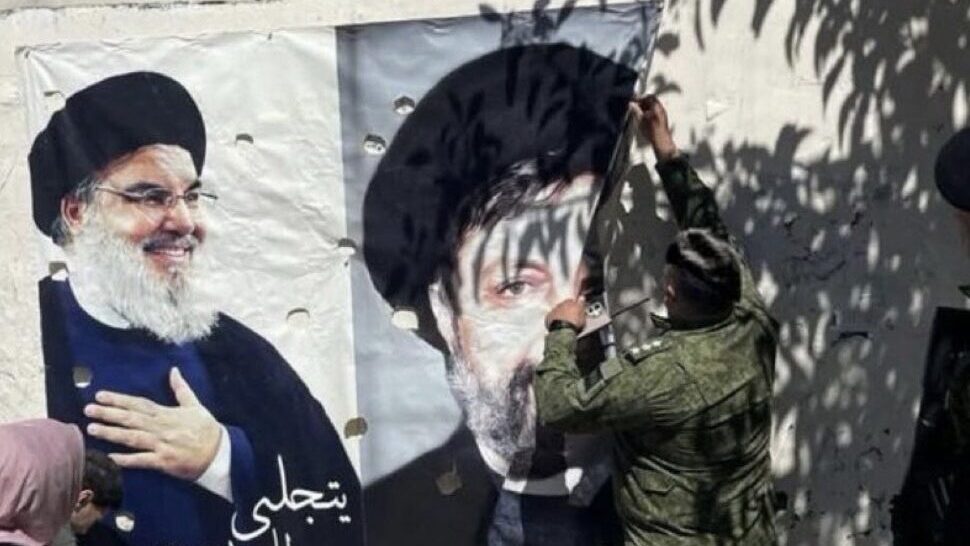One year after the pager-and-walkie-talkie bombings that shattered Lebanon’s sense of safety, Taylor Thomas reports on a movement forced to rethink itself. The September 2024 detonations—followed by the deadliest day of Israeli airstrikes in the conflict’s history—killed hundreds and decapitated Hezbollah’s leadership, including Hassan Nasrallah and then-successor Hashem Safieddine. What followed was not just mourning but a reckoning: whether the group can rebuild anything like its pre-war machine, and whether Lebanon’s new government will even try to push disarmament.
Senior Lebanon analyst Noah Johnson calls the pager attacks proof of deep Israeli penetration and doubts a full reset is possible. “Israel has weakened Hezbollah to such an extent that the party needs to fundamentally rethink what Hezbollah is as an organization going forward,” he told The Media Line. Johnson also sees foreign dynamics closing in: the fall of Bashar Assad, pressure on Iran, and severed supply lines that once ran through Syria.
Inside Lebanon, the map is still unsettled—Israeli forces hold border positions; airstrikes since November have killed dozens more. Politics has inched forward with a government and president in place, but the hardest questions remain: Can Beirut extract weapons from a still-influential faction that runs ministries, a social-service network, and holds nearly 10% of parliament? Prime Minister Nawaf Salam tried to cool commemoration politics, condemning a seaside projection of Nasrallah’s image as “a flagrant violation,” even as thousands watched.
Johnson’s bottom line is stark: survival may mean scaling back ambitions and turning inward, with fewer regional adventures and more focus on Lebanon’s battered economy and youth jobs. For the full picture—from battlefield losses to the sanctions and regional shifts squeezing Hezbollah—read the complete report by Taylor Thomas.
